The Cambridge English Dictionary defines a utopia as…
‘ A place that has the characteristics and organisation of a perfect society’.
In this project I had the opportunity to redesign Fremantle Port into a Utopian City.
In Year 7 English we read a book called ‘The Giver’ by Lois Lowry. In the book the community lives in a perfect ‘Utopian’ world. Then the main character Jonas discovers that his world is not perfect and decides to leave for the benefit of the community. This story led into Project Utopia where Nicole Lockwood, who is the Deputy Chairperson of Infrastructure WA challenged us to make Fremantle Port into a Utopian community where all people thrive.

Fremantle Port 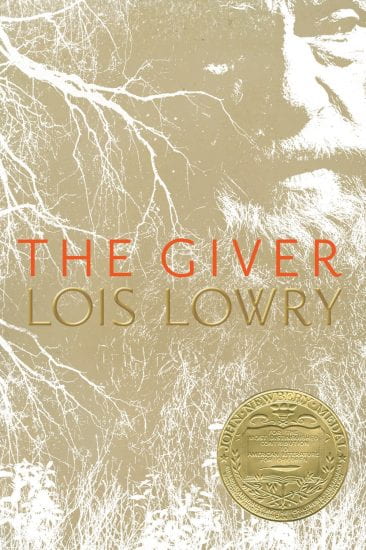
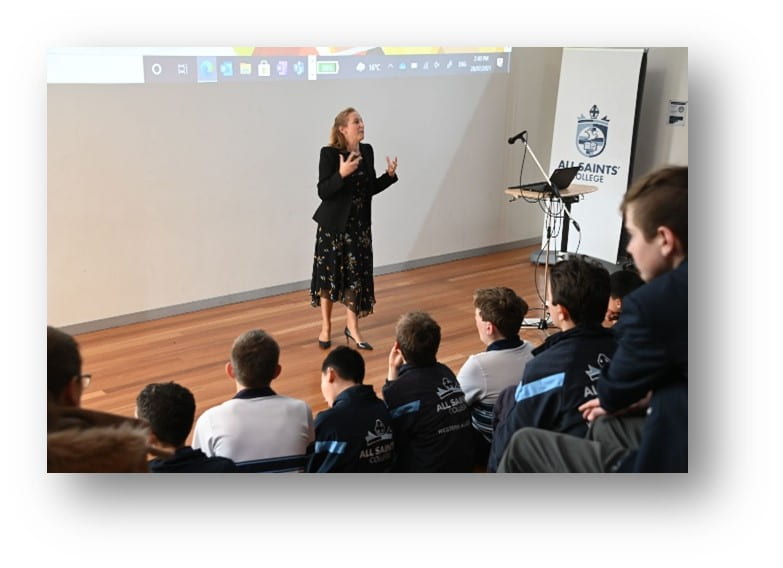
Nicole Lockwood Presenting the Fremantle Port Design to Year 7 2021
Nicole Lockwood wanted us to consider these certain factors when redesigning Fremantle. These include:
Use of Cars – Will we use cars in the future?
Design – What will the city look like?
Sustainability – How will we protect and enhance the environment?
In Humanities, we have been learning about how and why humans live where they do. Often when deciding where to live humans will go to the most liveable place. Liveable means ‘worth living in’. Liveability Factors are what makes a place liveable.

These factors link to what Nicole Lockwood wanted us to consider in our design and the UN Global Goals for Sustainable Development. Here is our Connection Map which shows how the Global Goals and Liveability Factors connect. Before doing this activity, I knew that both the Global Goals and Liveability Factors were important in the world but not that they were connected. This activity helped me to open my mind and think about how these two things go together cohesively.
Another aspect that we had to keep in mind were ASC’s capabilities. After every week’s activities we did a reflection about how well we used the capabilities in our group work.
A capability that I developed throughout the project was effective communication. I that found when my group (Ved Pulikot, Dylan Lim, Jinning Huang & Haley Woo) and I were communicating effectively we were able to be organised, get more work done and collaborate to create our Cable Car design for Fremantle Port.
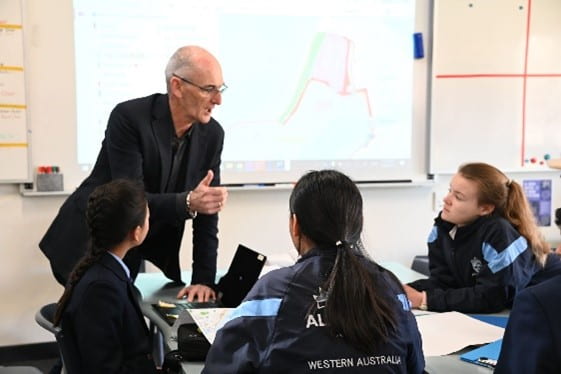
Speaking to Paul Garbett – Director of Strategic Planning and Projects Fremantle
In this picture we are discussing the different ways would could make a transport system over the Fremantle Port.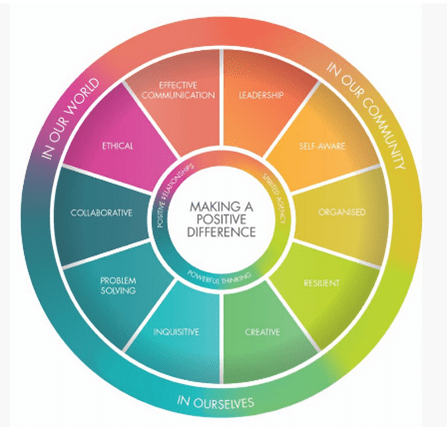
Capabilities Wheel
Our Final Idea
Our final idea is a Cable Cart that will be located near the old bridge in Fremantle Port. The goal of this cable car is to provide functional transport for all age groups and occupations and to be an attraction for tourists. We tried to be sustainable in our material choices and cover everyone’s needs. What I learned from this design process was that you need to think about what materials you’re using and their impact on the local environment. Throughout the planning process our group decided that our cable cart will be run on fossil fuels. Although this isn’t a very sustainable choice, the benefit of a working and functioning cable car outweighed the impact on the environment. I learned that sometimes compromises have to be made for the benefit of the design and the community’s needs.
We also needed to think about the wide range of culture’s in Fremantle which is why we planned to put aboriginal art on the outside of the cable car to acknowledge their history on the land. This choice connects to the subjective factors of spirituality and cultural identity. Another thing that I learned about designing a city is you can’t make something and then realise that it already exists or that it is not needed in the community. To make sure that we were not copying anything, we took inspiration from cable cars around the world like the Aerovia Model in Ecuador and improved their design to fit Fremantle’s needs.

Aboriginal Art 
Aerovia Model – Ecuador

What I learned
Throughout Project Utopia I learned many skills like how to speak in front of a wide range or audiences like students, teachers, parents and planning ministers. This skill will help me later in life especially with important moments like job interviews. I learned that there is a lot of detail that goes into designing some thing. You have to think about whose going to use it, what materials are you using, is this sustainable, how can this be inclusive for everyone and how is this going to benefit the community in the long term. I also learned about what makes a city liveable and how the Global Goals connect to liveability. All of the skills that I have discovered in myself and my team members will help us to improve the world now and in the future.
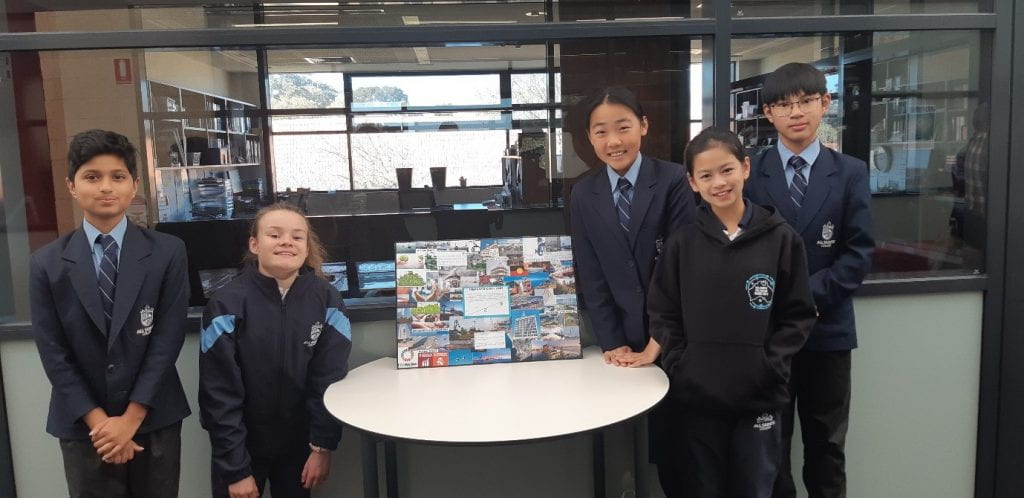
Left – Right (Ved Pulikot, Madison Kent, Jinning Huang, Haley Woo, Dylan Lim)
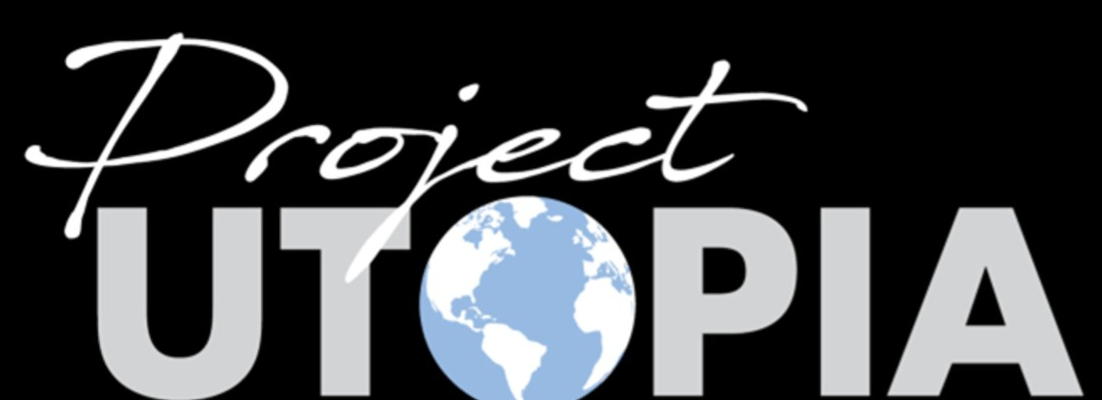
Thankyou to all of the teachers and experts who helped me with this project. I would like to give an extra big thanks to Nicole Lockwood for making this opportunity possible and my team members